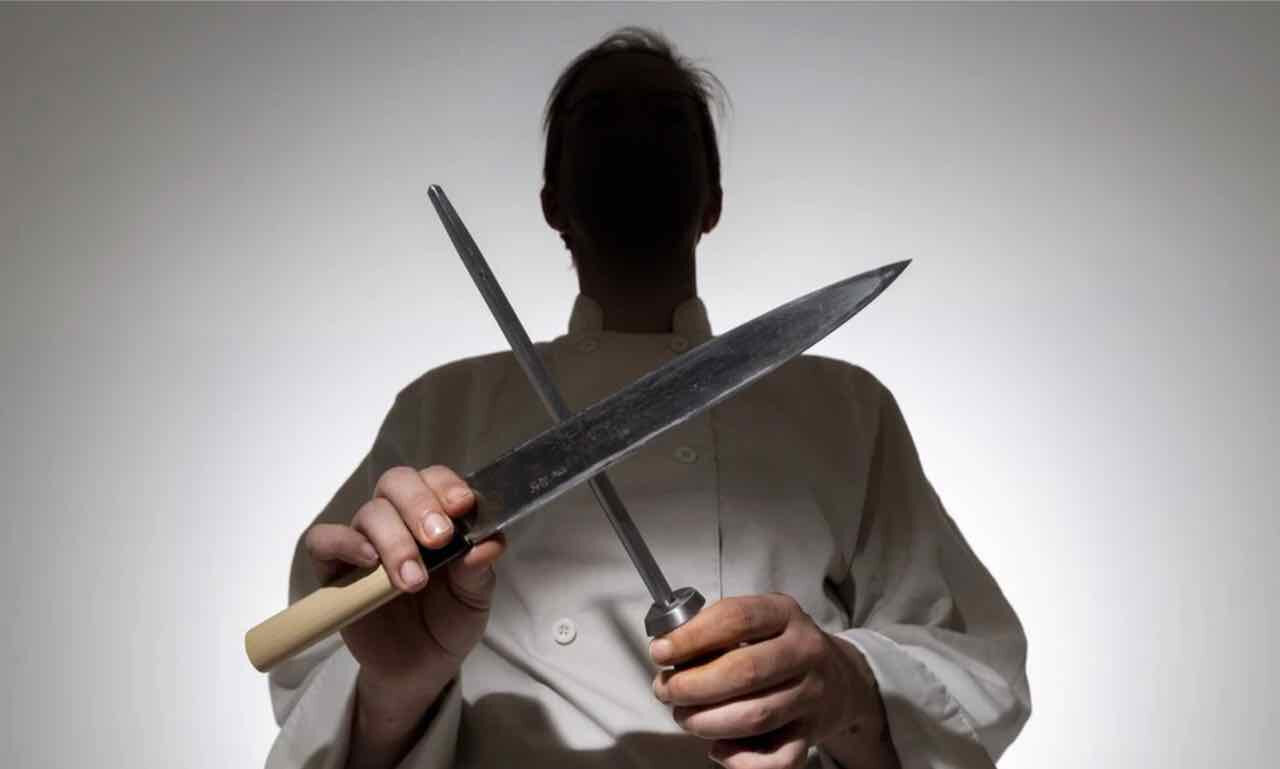Risky Restaurants, Real Reporting
One of the saddest outcomes from years of newspaper budget cuts in Canada is the virtual disappearance of investigative reporting.
It's rare to open a daily newspaper and see something other than a basic story from City Hall, the latest news from the Legislature, or the courts. Gone are the days when we saw a team of journalists working for weeks to put together an investigate piece that produced shock waves.
Then again, maybe those days are not gone. Maybe there's still hope. A recent series in the Edmonton Journal helped restore my faith in investigative reporting.
A Rare Case of Real Journalism
The investigative series in the Edmonton Journal caught my eye for a couple of reasons.
The series was called Risky Restaurants. It was a three-part series that went really deep into Alberta’s food inspection system and the findings were frightening. More than 250-food establishments went at least two years without being inspected. That’s just the tip of the iceberg.
If you missed it, here is the first part of the series and other two can easily be found online.
The first reason the series caught my attention is simply because you rarely see journalism like this in daily newspapers anymore. Reporting staffs have been chopped to the bare bones and newspapers can only cover the basics.
Perhaps even more surprising was the collaboration between the Edmonton Journal and the Journalism department at MacEwan University in Edmonton. Veteran journalists were working with students to put together the series, which delved about as deeply into the issue as any three-part series could.
The Story Behind the Story
I wanted to find out more about the series, so I talked to Journal reporter Matthew Black, who spent countless hours working on the series.
He told me the idea first came from a conversation this past January between the Journal’s Editor-in-Chief Dave Breakinridge and MacEwan’s Associate Professor Dr. Steve Lillebuen. Steve is a former Journal reporter and worked on the series, along with veteran Journal reporter and columnist Keith Gerein.
Black told me he likes to do what he called “original journalism.” That doesn’t mean it has to be a scandal-exposing investigative piece, but something that takes work, nobody else has and you can be proud of when it’s published. For too long he told me, he’s had to do a lot of this work off the side of his desk because he needed to keep pumping out the day-to-day stuff to keep everyone happy.
This series was a ton of work for Black, Lillebuen, the students and others. Black says it was nine months of his life. You can’t do that off the side of your desk and do it well.
Training Tomorrow's Truth Tellers
Black credits the students for their work on the project. He worked shoulder-to-shoulder with them and he described them as being smart, hardworking and savvy. He said they have excellent reporting skills and the Journal would do well to hire a couple of them when they graduate.
He told me some of them had, or are still working in restaurants and they provided a lot of insight for others on the team.
Black got the start to his career taking journalism in Vancouver. He got a good internship and took it from there.
That’s a problem for many young journalists today. Many of those opportunities to get a start in the business simply aren’t there anymore. The Risky Restaurants series gave several students a chance to dig into real journalism. That experience had to be invaluable.
The Training Ground
I thought a lot about that last point because it’s an important one.
The same issues affecting young journalism students who want careers as newspaper reporters face those who want to be on radio and TV.
After graduating from NAIT, I started in the radio news business in Lloydminister, then moved to a bigger market in Saskatoon before getting back to Edmonton. Most others in the biz at that time did something similar. You worked in smaller markets to hone your craft until you were ready to work in a bigger market with much larger audiences and more pressure.
Today, that’s just not possible. Consider the young TV journalist. Where are they supposed to get their start to improve their skills? Just this year alone television stations in Lloydminister and Medicine Hat closed. There aren’t many starter jobs out there. It’s the same with radio stations. There are more jobs to start careers in radio than TV, but it’s not like it used to be.
You can see it when you watch the TV news in Edmonton or Calgary. Reporters are young and lack experience and quite frankly, some shouldn’t be working in such large markets. That’s not their fault. The feeder system has disappeared. TV and radio stations have to get talent from somewhere. Often they come directly out of school.
Let’s hope journalism and radio and TV Arts students get more opportunities to work in the real world to learn the business and to prepare them when they leave school. The whole system works better when they do.
Photo credit: Greg Southam/Postmedia


Commentary